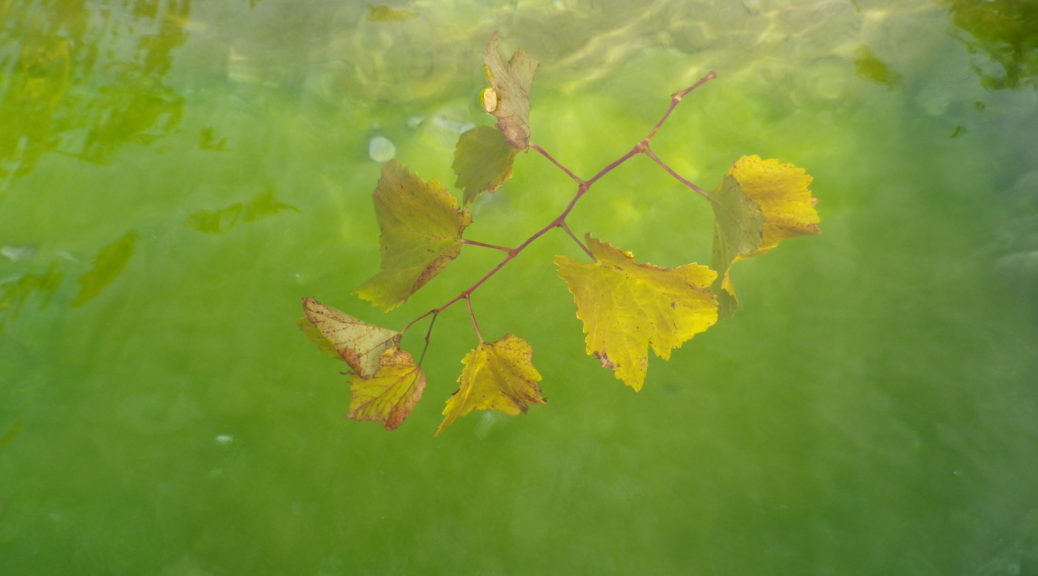What I Learned
The canton of Thurgau, in north central Switzerland, is a wine producing canton. For wine purposes, this canton has several different districts: The Upper Thur Valley, the Lower Thur Valley, Rhine, Lauchetal, Seebachtal, and Untersee. Its northern most section, the Untersee faces onto Lake Constance and the High Rhine. Much of the rest of the canton wine production lies in the valley of the Thur River, a tributary to the Rhine, from which the canton gets its name.
According to the canton’s fact sheet, (https://www.thurgauweine.ch/weinland-thurgau/weinland/ ) approximately 40 vintners, in about 30 communities, are part of this wine region. They have planted vines on 260 hectares, roughly about 644 acres, throughout the canton. There are several red varietals planted throughout the canton. There is the Blauburgunder, known elsewhere as Pinot Noir, which is the most important varietal for the canton’s vintners. Garanoir, is a Swiss-bred varietal, made by crossing Gamay, that famed Beaujolais varietal, and Reichensteiner. Regent is a German bred varietal, which also does well here, producing a wine which usually has powerful tannins, tends to be a rich, dark red in color, and produces a good cherry nose and flavor.
The most widely planted white varietal is another of this wine region’s claim to fame. This is the Mueller-Thurgau grape. It was named after the canton and its developing botanist, a native son, Hermann Mueller, who was born and raised in Kreuzlingen, on the Untersee. (See the Mueller-Thurgau wine notes here.)
In the Untersee area, the northern section, deposits of stones and sand brought down from the Rhine over the eons have left a defined mark on the terroir. After this fairly narrow band, (mostly) gentle hills begin to rise, and the terroir changes slightly.
The Upper Thur Valley (Oberes Thurtal, in German) lies above and behind the Untersee district. Weinfelden and its surrounding communities form part of this district. Indeed, if there were a capital for the district, it would be Weinfeldenl, which is by far the biggest community of wine producers. This includes the village of Ottoberg. But Muller-Thurgau is not the star here. Famed for its red wine, specifically its Blauburgunder, this wine is popularly known in Switzerland as “Ottoberger.”
What I Tasted
Nothing! Sadly, although I passed several wineries and a couple of restaurants along the trail, none were open! None of the local supermarkets that were open carried local wines. I only had four hours to spend on the ground there, and this result only confirmed what I already knew: it can be very difficult to find local Swiss wines, even when there!
